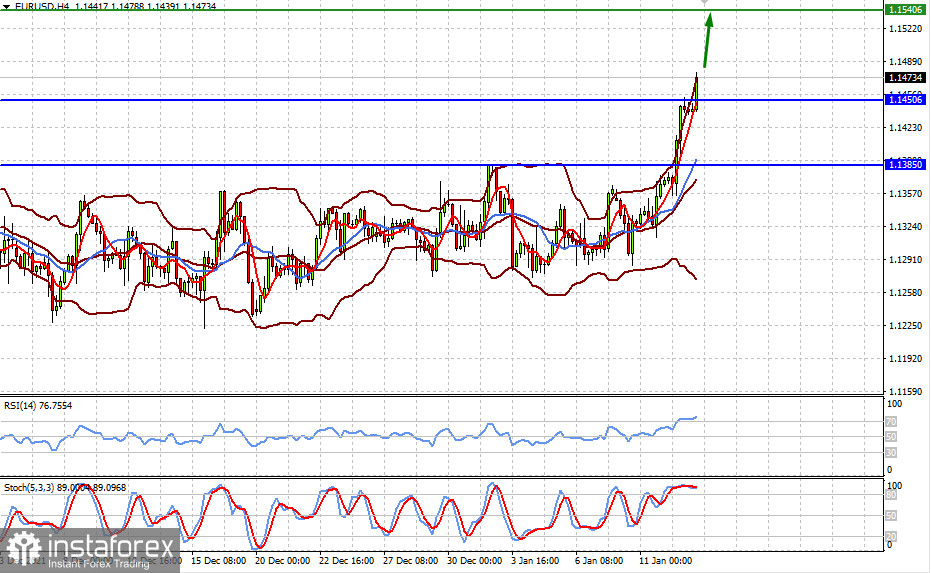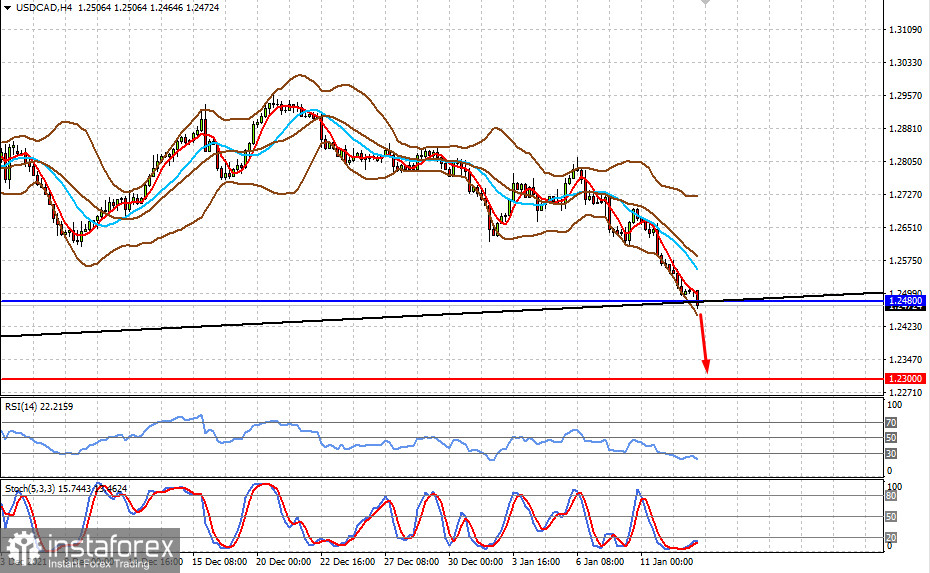The publication of US consumer inflation data yesterday was not entirely clear but the markets perceived it as moderately positive with possibly far-reaching consequences.
Based on the presented economic statistics, consumer inflation in the US in annual terms rose from 6.8% to 7.0%. Its base value increased from 4.9% to 5.5%. However, investors were not interested in these annual values, but in the dynamics of inflation in monthly terms. And here, something happened that the Fed had hoped for so long since last summer – a slowdown in the growth rate. The underlying inflation rate on a monthly basis, although it rose above expectations of 0.5% to 0.6% in December, turned out to be less than 0.8% in November. The overall value of consumer inflation grew by 0.5% against the forecast of 0.4% and growth in November by 0.8%.
So, what inspired investors and contributed to the growth of optimism in the markets?
We believe that the slowdown in the growth of monthly inflation values in December against the November figures became the reason for the increased hopes in the investor environment that the Fed, seeing the slowdown in inflationary pressure, would not rush to raise interest rates. It can be recalled that the minutes of the Fed's December meeting, which was published at the beginning of the month, increased the probability of the first rate increase in March this year, which caused local sales in stock markets, a strengthening of the US dollar, and a sharp rise in Treasury yields.
Now, it seems that investors believe that if inflation stops rising or even begins declining smoothly, amid the recovery of supply chains in America, which led to a sharp increase in demand for goods from the population by their interruption during the acute phase of the COVID-19 pandemic, then the Fed will have no reason to actively raise interest rates. This means that market participants will have the opportunity to continue buying risky assets, company shares, and commodity assets. In fact, investors will be given a kind of time lag until the first increase in the cost of borrowing, which will take place either in the middle of summer or even in the fall of this year.
It is clear that this should be expected only if the deceleration of inflation growth continues. In this case, the demand for risky assets will resume, Treasury yields will decline again, and the US dollar will be under significant pressure.
Forecast for the day:
The EUR/USD pair left the range of 1.1275-1.1385. Its consolidation above the level of 1.1450 may lead to an increase to 1.1540.
The USD/CAD pair declined to the support line of 1.2480 amid the weakening US dollar and rising crude oil prices. If it breaks through this line, the pair will most likely fall to 1.2300.























